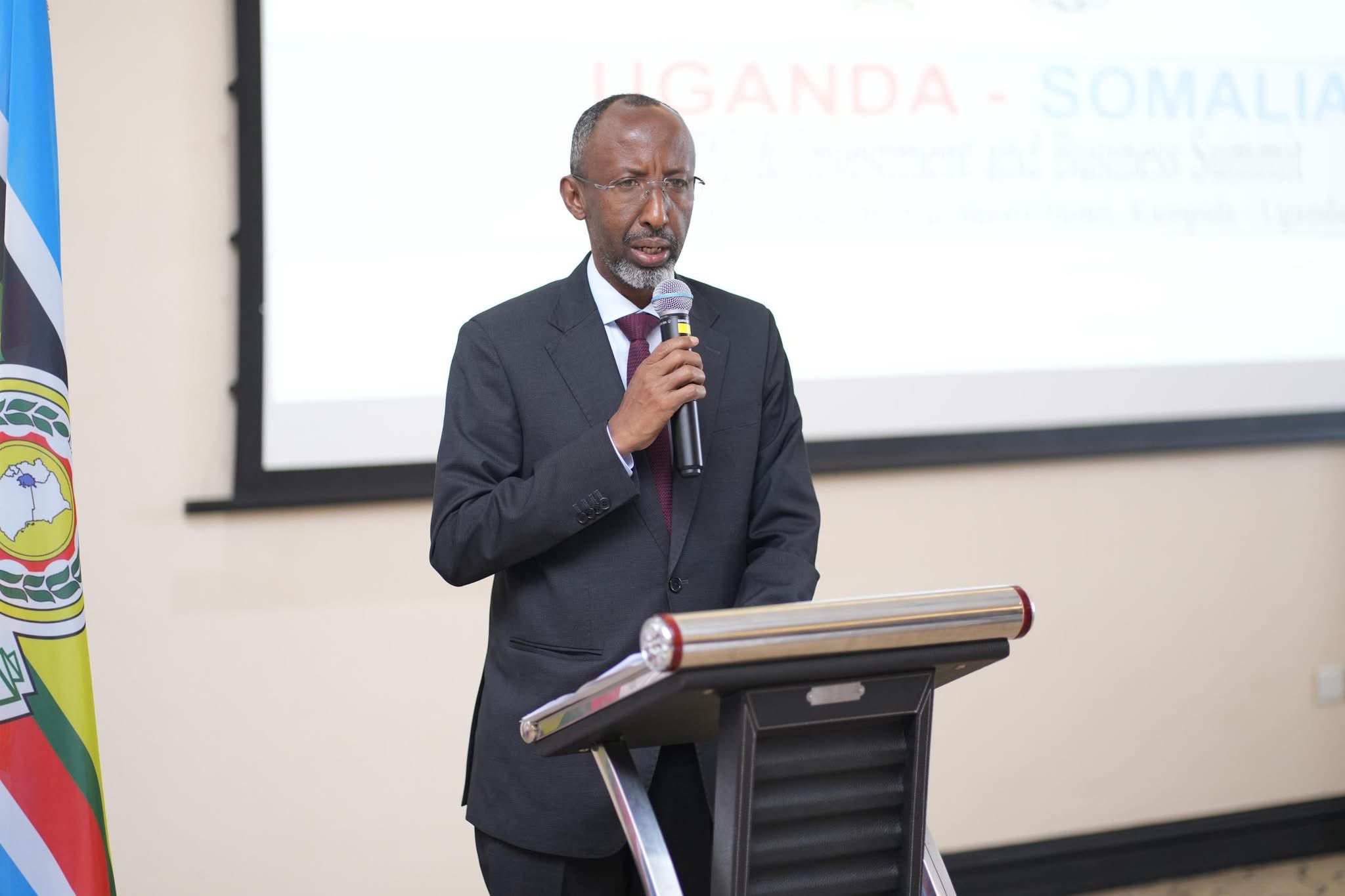WHO launches global dashboard to track child mortality and health

Each year, 4.9 million children under five die, with nearly half of these deaths occurring in the first month of life, hence the tool that will help policymakers, the health community, and the public to track crucial issues.
Child mortality and the well-being of those under age five remain critical issues for many countries.
Each year, 4.9 million children under five die, with nearly half of these deaths occurring in the first month of life.
More To Read
- Duale explains shift from Linda Mama to maternal package under SHA
- Kenya ranked 103 globally with serious hunger levels, as 20 million people remain undernourished
- President Ruto responds to Uhuru, defends Linda Jamii as maternal health upgrade
- Auditor General flags Sh678 million losses at KNH from NHIF, Linda Mama contracts
- Kenya's infant mortality rate declines amid improved maternal care interventions
- Government confirms Linda Mama programme will continue under Social Health Authority
In response to these alarming trends, the World Health Organization (WHO) has launched a global dashboard to monitor factors influencing children’s health and future, from childhood survival to educational attainment and exposure to violence. It will help policymakers, the health community, and the public to track these crucial issues.
The updated Child Health and Well-being Dashboard captures progress against several core indicators in five key domains.
These are:
1. Survival indicators: Tracking mortality through infancy, childhood, and adolescence.
2. Developmental Indicators: Tracking breastfeeding rates in infancy, early physical and emotional development, and learning outcomes at school.
3. Protection Indicators: Tracking exposure to violence and child labour, maternity protections, and the prevention of inappropriate marketing of formula milk products.
4. Participation Indicators: Tracking care-seeking behaviour (e.g., parents seeking medical attention when their child has a high fever), birth registration, and school attendance and completion.
5. Contextual and Policy Indicators: Tracking poverty levels, food security, and environmental factors like sanitation, emissions, and pollution.
Global target
According to the WHO, 59 countries will miss the United Nations’ Sustainable Development Goal (SDG) target 3.2 - to reduce under-5 mortality.
In response to these statistics, the 77th World Health Assembly adopted Resolution WHA 77/5, committing to accelerate actions to improve maternal and child health and survival.
Data plays a vital role in these efforts, enabling countries to monitor the impacts of programmes and policies and guide interventions to address gaps.
The dashboard contains data from 196 countries and territories worldwide, allowing the global analysis of factors influencing children’s health and identifying areas needing attention within international forums and policies.
Notably, 144 countries are struggling with maternity protections, which are essential for the mental and physical health of women and babies during pregnancy and after birth.
Kenya's case
In Kenya, according to the Kenya National Bureau of Statistics (KNBS), the under-five mortality rate was 41 deaths per 1,000 live births between 2018-2022, while the infant mortality rate was 32 deaths per 1,000 live births, and the neonatal mortality rate was 21 deaths per 1,000 live births.
Neonatal mortality refers to the probability of dying within the first month of life. Neonatal deaths account for 66 per cent of infant deaths and 51 per cent of under-5 deaths.
The under-five mortality in Kenya has fallen from 102 deaths per 1,000 live births in 1990 to 43 deaths per 1,000 live births in 2019. Every year, however, 64,500 children die before reaching the age of five, mostly from preventable causes.
Three-quarters of these deaths occur before a child's first birthday.
To help improve the situation in Kenya, the government launched the Linda Mama programme, which provides a package of basic health services based on need, not the ability to pay, improving chances of achieving goals under the Universal Health Coverage (UHC) plan.
This programme has seen many women give birth in hospitals, significantly reducing child mortality. However, experts warn that the recent shift to Social Health Insurance (SHA), which is no longer free, may increase home procedures.
Risk factors
Though global child mortality rates are declining, these averages mask persistent and entrenched inequities among vulnerable populations.
A child born in sub-Saharan Africa is on average 18 times more likely to die before turning five than one born in Australia and New Zealand, while the risk of death among children under five in the highest-mortality country is 80 times that of the lowest-mortality country.
Children born into the poorest households or fragile and conflict-affected settings face even greater risks.
Originally launched in May 2022 by the WHO, the United Nations Children’s Fund (UNICEF) and the Children in All Policies (CAP-2030) initiative, the dashboard aims to provide national policymakers with a data-driven tool for guiding health programmes, policy development, and evaluation.
The updated version, released in response to feedback from a town hall meeting in May 2023, includes the latest data, downloadable datasets, and a more user-friendly interface.
Indicators were chosen through a prioritisation exercise aligned with the SDG framework, the United Nations Convention on the Rights of the Child, and other related policy commitments on child health and development.
The updated dashboard is available on the WHO, UNICEF, and CAP-2030 websites.
Top Stories Today












































